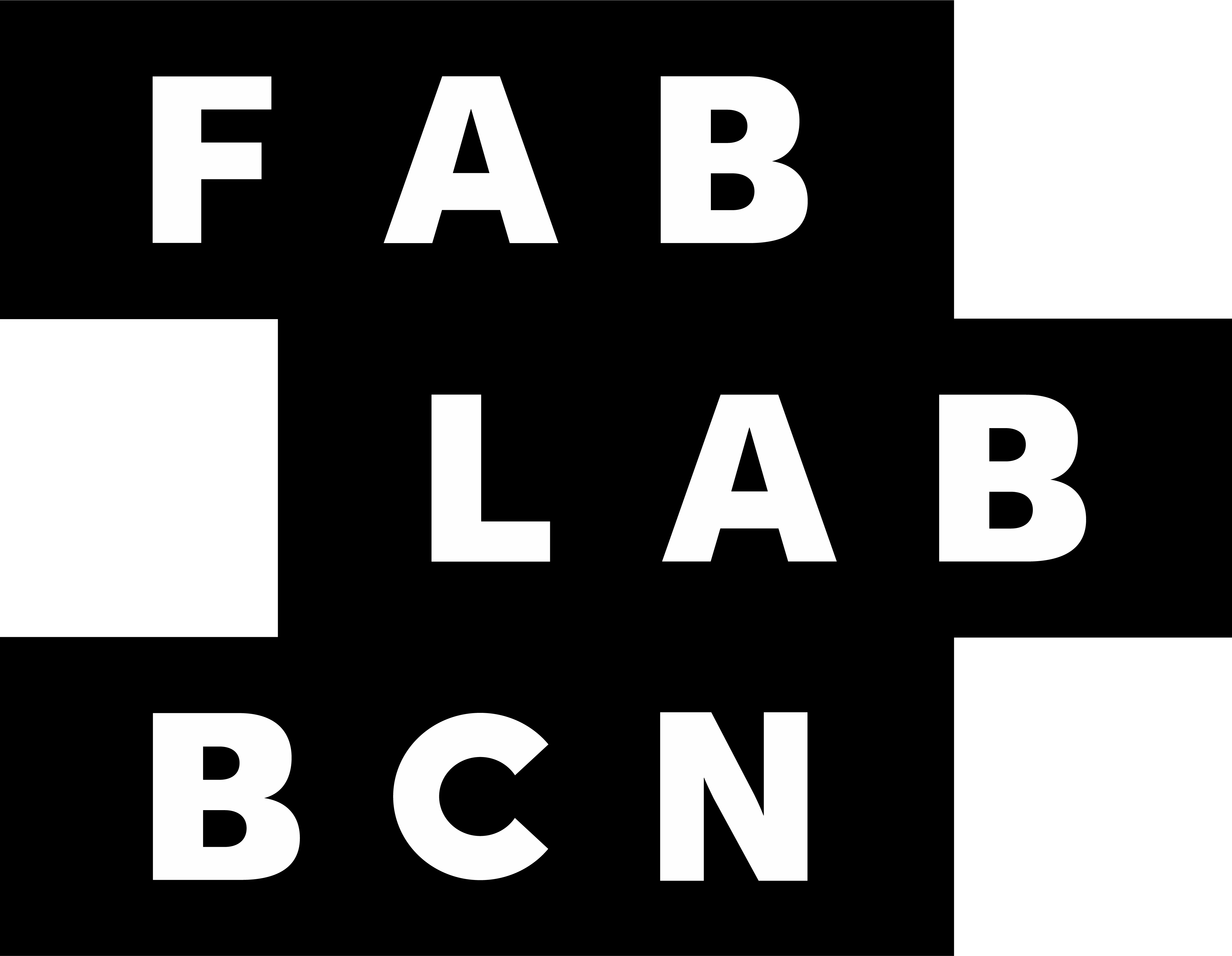
In September of 2021, the 3rd edition of the Masters in Advanced Ecological Buildings and Biocities completed their final thesis project, the Solar Greenhouse, a full-scale prototype that actively aids in the intensive food production efforts at Valldaura Labs.

The design has two programs fitting within its maximum volume, and features a heliomorphic roof for capturing the maximum solar energy. Circulation and entryways were determined largely by the site conditions and grade changes.

The ground floor will be used for germinating the seedlings that will be planted in the gardens, while the upper level will generate a sizable harvest using advanced hydroponic techniques. All planting beds will use a sawdust substrate, a former waste product of the Green Fab Lab at Valldaura put to imaginative reuse.


The Solar Greenhouse is constructed from Aleppo Pine (Pinus halepensis) that was milled, dried, processed and pressed into laminated wooden elements on site at Valldaura. Almost all these components were CNC-milled to ensure a precise and digitally coordinated construction process.




The students assembled the structure using glue laminated components, prefabricated column+beam elements, and CLT slabs for the floors and ceilings. This kit of parts was specifically designed to be easy to assemble using only hand tools and human lifting.


The glass roof, carefully arranged in a heliomorphic ‘diamond’ shape, allows for full solar capture both by the plants inside and the semi-transparent solar panels integrated within the glass. The window details were carefully milled out of laminated wood, and contain small 3D printed elements to snap the glass facade in place.





As modern day living requires the reinterpretation of our collective societal needs, food production and its processing have become a main focus for self-sufficiency. For years, Valldaura Labs has been involved in revitalizing the agricultural potential of the historic mountain valley it is located within, combining tacit knowledge with advanced tools and agrology techniques.

By involving students in every step of the material process, they gain an understanding of how wood works up close. Pine trees were cut at the beginning of the year so they could properly dry in time for fabrication at the end of the year. The distance the materials have traveled was carefully considered, and each log that was cut has been tracked and traced to its original growing location.




The planting systems are calibrated to facilitate the maximum yield of crops from the smallest amount of space possible. This means tight stacks of incubation trays, and deep buckets of soil on the sunniest facade to take advantage of the solar gain. The rotation of crops is also selected to best adapt to the conditions within the greenhouse.



The Solar Greenhouse also features a fully functional nutrient delivery system consisting of storage tanks, nutrient inflows, tubing to feed the plants directly and a matrix of LED strip lights to facilitate longer growth cycles installed with help from Luz Negra.


The Solar Greenhouse represents the next bold step towards transforming the lessons of this local condition into a more ecologically focused agricultural solution for the wider urban context.


















SOLAR GREENHOUSE // MAEBB 2020-21 // VALLDAURA LABS // IAAC
Students:
Akshay Sunil Mhamunkar
Amritha Prabhuram
Bart?omiej Najman
Christa Hörburger
Dafni Vakalopoulou
Engjëll Rodiqi
Ignacio Reyes Solis
Kevin Xi Lim
Marilia Fernández
Mona El Batrik
Paulina Sevilla
Philipp Wienkämper
Rebecca Baierwick
Yangchuan Tian
Directors:
Vicente Guallart
Daniel Ibáñez
Staff:
Bruno Ganem
Marc Garcia
Guidance:
Miguel Urrestarazu
Miquel Rodriguez
Oscar Aceves
Michael Salka
Gustavo Escudero
Volunteering:
Diego Diaz
Sponsors:
Luz Negra
Cricursa
Tallfusta
Parc de Collserola
Ajuntament de Cerdanyola del Valles




